Why we need to eat more seafood (and how to do it on a budget)
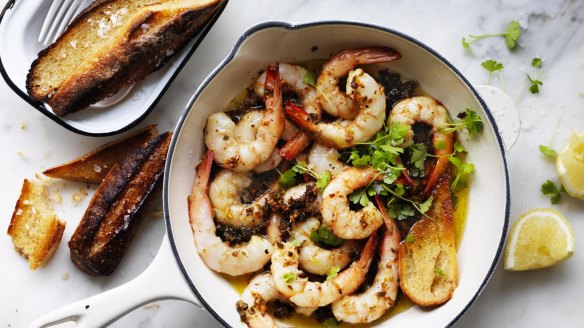
- 100+ sensational seafood recipes
- Scary seafood: How to cook abalone, marron, mud crab, squid, sea urchin
- Adam Liaw's garlic prawns with capers and butter recipe
With the festive season quickly approaching, it is a perfect time to talk about the nutrient-rich powerhouse that is seafood.
Whether your preference is for white fish, omega-3-rich options to support heart health or more indulgent (and expensive) shellfish to celebrate special occasions, from a nutritional perspective you cannot go wrong with eating more seafood.
Here are some of the most nutrient-rich and budget-friendly options you can indulge in any time of the year.
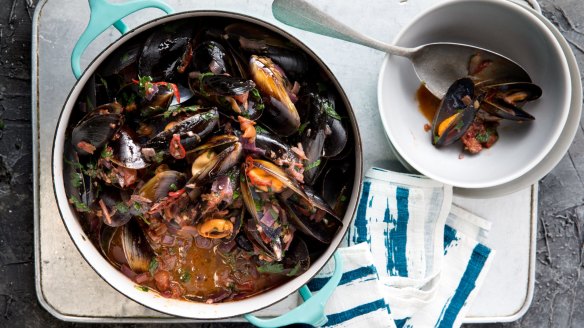
Shellfish
While all seafood is good for us, shellfish such as oysters, mussels and scallops is especially rich in key micronutrients that tend to be on the low side in the diets of Australians including iodine, which our soil is very low in and crucial for thyroid function, and zinc, which plays a key role in immune function. Oysters and mussels offer an exceptionally high amount of zinc and iron per serve, while all shellfish offers vitamin B12 and powerful antioxidants selenium, vitamin B and magnesium. Before you baulk at the cost of fresh shellfish, keep in mind there are cost-effective ways of including it in the diet more regularly. You can pick up fresh mussels at the supermarket for as little as $8 per 500g and make a delicious mussel pot. Tinned varieties sell for as little as $3 per can, and while these may have added salts and flavours, they still offer the key nutrients that fresh varieties do, and make great additions to entertaining platters.
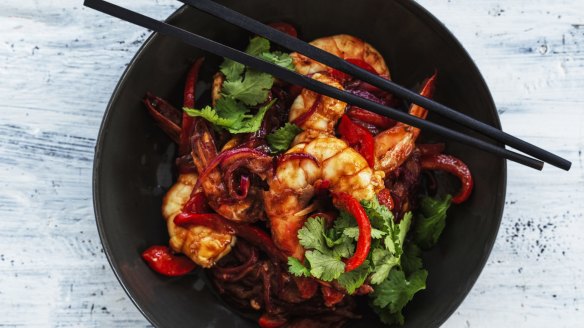
Crustaceans
Crustaceans include crab, lobster, crayfish and prawns. Like shellfish, crustaceans pack a strong nutritional punch, with plenty of iodine, zinc and B12. And while crab and lobster can be a little more expensive, you can't go wrong with Australian prawns. Exceptionally high in protein and relatively low in fat, a single serve of just three to four large prawns contains almost 20g of protein, just 300 kilojoules and less than 1g of fat, making them an incredibly nutrient-dense food. Much of the fat they do contain is omega-3 fat, with 100g of prawn meat offering up to 0.3g. Omega-3 fats play important roles in the body, including supporting heart health and acting as a natural anti-inflammatory. A bucket of fresh prawns is always delicious but can be pricey, so if you're looking for a more budget-friendly option try Australian prawn meat instead. It sells for as little as $10-$12 for 300g, which is more than enough to add to family recipes such as stir-fries and barbecue skewers.
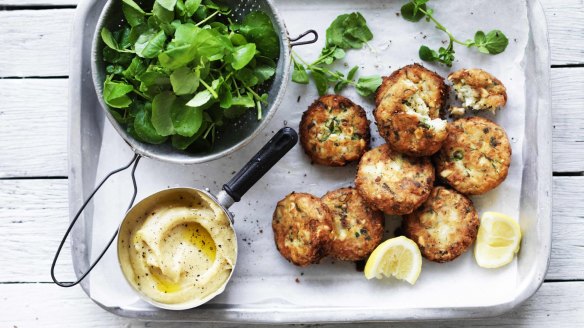
White fish
Whether you opt for hoki, whiting, barramundi or any other white fish, nutritionally it will be a great choice. Exceptionally low in kilojoules, with about 400 kilojoules per 100g and up to 20g of protein, white fish is a light, lean, protein source with plenty of key nutrients. Rich in vitamin B12, vitamin B, selenium and zinc, white fish can be enjoyed fresh, grilled or crumbed. From a price perspective, you can find white fish filets for as little as $10 a kilo, which equates to at least six serves. Frozen fillets too can be a good option and sell for $5-6 per 400-500g, although this is significantly more expensive per kilo than fresh fish, and you are also paying for extra fats and additives. In general, fresh fish that is baked or grilled with a tasty marinade is an easy and cost-effective way to enjoy fish, and the only variety to avoid are deep-fried options, which are likely being fried using processed vegetable oil. For your weekly menu think baked or barbecued fish, fish tacos or fish cakes for cost effective, tasty and nutritious meals.
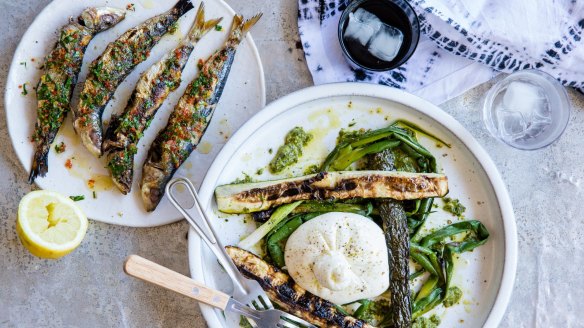
Oily fish
Deep-sea oily fish such as salmon, sardines, mackerel, trout, tuna, herrings and kippers. They differ from white fish nutritionally due to their naturally high omega-3 content, offering your entire daily recommended intake. While it's recommended we enjoy at least two serves of any fish each week, nutritionally we will benefit most from bumping up our intake of omega-3. Most recent data suggests about 20 per cent of Australians eat enough omega-3. From a price perspective, the good news is that there are lots of affordable options to help boost our intake of oily fish. While fresh salmon, tuna and trout can cost up to $30 a kilo, tinned varieties are a good alternative, offering the same omega-3s found in fresh varieties, with the exception of tinned tuna which is often "low fat" and much lower in omega 3 than salmon. It's even better if you like tinned sardines or mackerel as these are packed with special fats and sell for as little as $1 per serve. So think sardines or salmon on toast, with salad or vegies or as a sandwich topper each week, plus a salmon meal for as little as $10 a week and you will have significantly increased your omega-3 intake.
Susie Burrell is an accredited practising dietitian.
